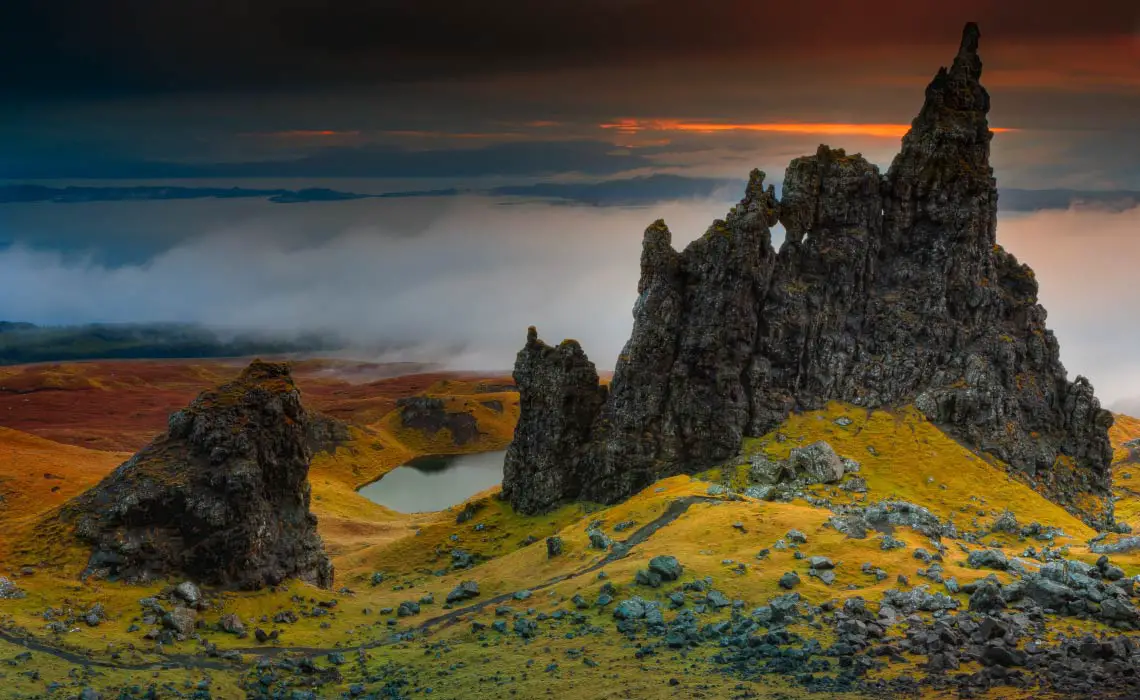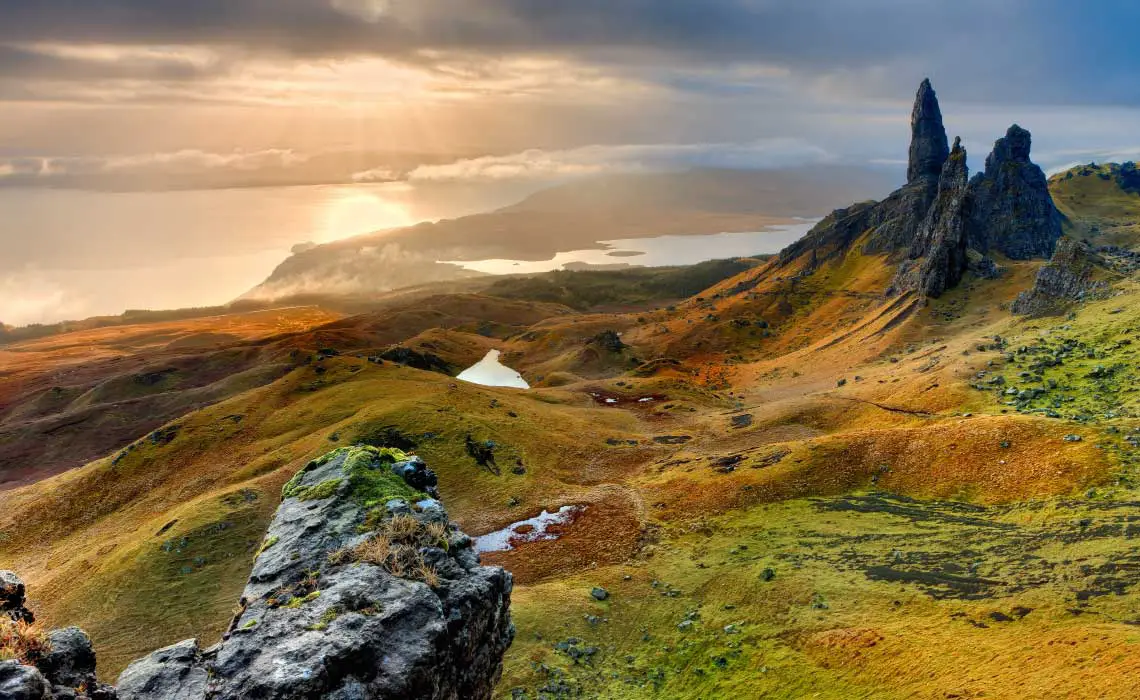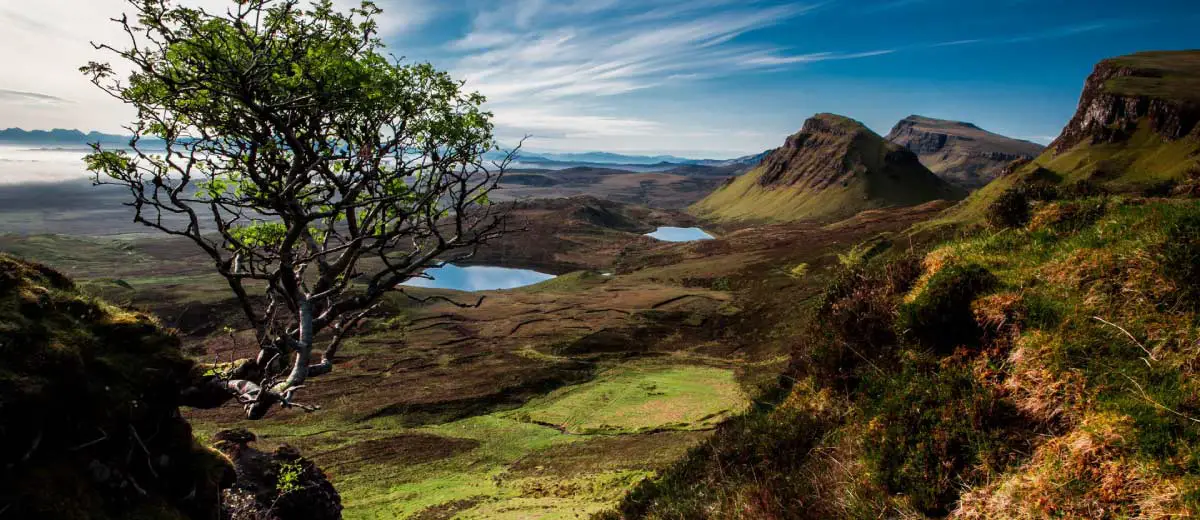Isle Of Skye – Walk in The Footprints of Dinosaurs
Unspoilt wilderness, abundant wildlife and a rich, enduring history of culture and heritage, the Isle of Skye should be a bucket list must for any of you seeking a taste of Scottish romance – castles, sea lochs, puffins and Munros, there is something for everyone and everything for someone. Lying just a few kilometres off the north-west coastline of the Scottish Highlands, the Isle of Skye, although relatively small, is the largest island of the Inner Hebrides. But, where is lacks in size, it makes up in substance and diversity.
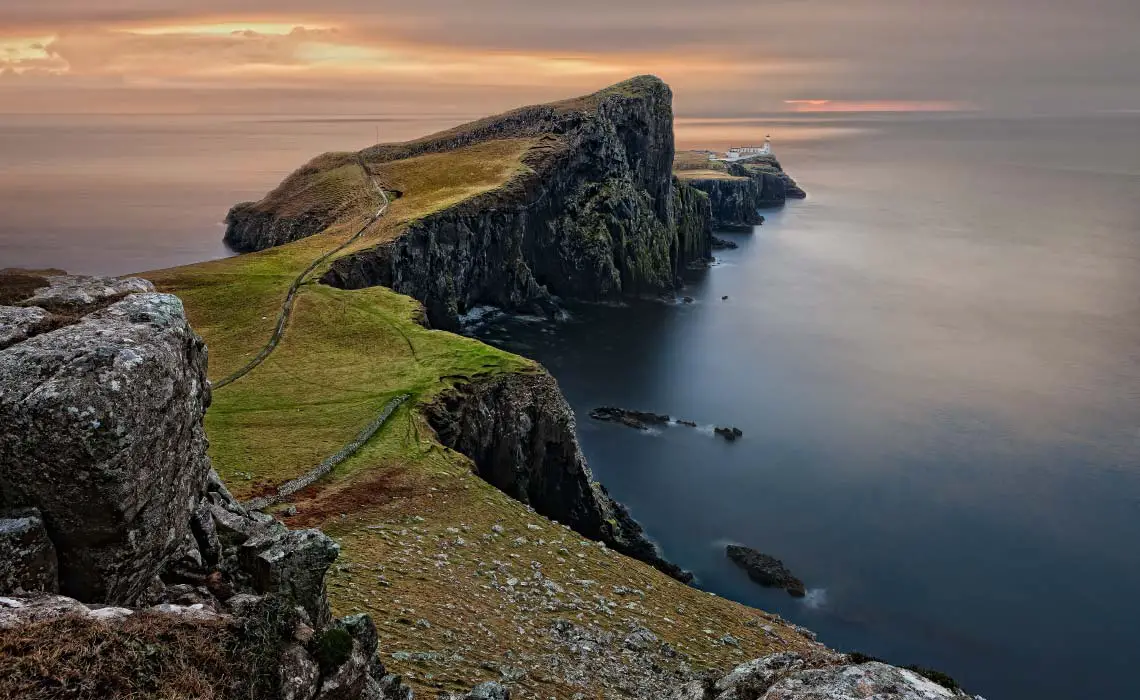
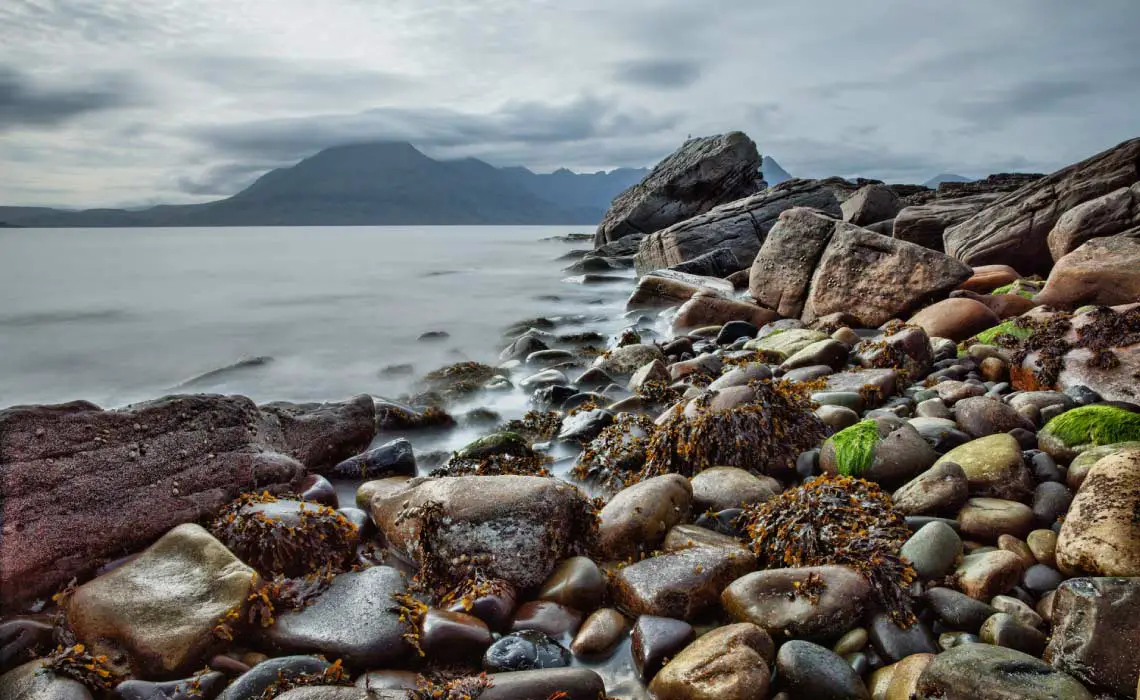
If hiking is your thing, you could spend months on the island. From a short stroll to the Neist Point Lighthouse not far from Glendale in the north-west, to the Quiraing, an active landslip of plateaus and pinnacles in the north-east, perfect for photographers. In the shadows of the Cuillin Range, for those bold enough to take a dip, are the Fairy Pools, a huddle of deep-turquoise, natural baths, busy with waterfalls. And, for the chance to get a glimpse at Skye’s prehistoric past, head to Staffin on the eastern shore, where the footprints of dinosaurs can be seen printed into the bedrock as the tide washes out.
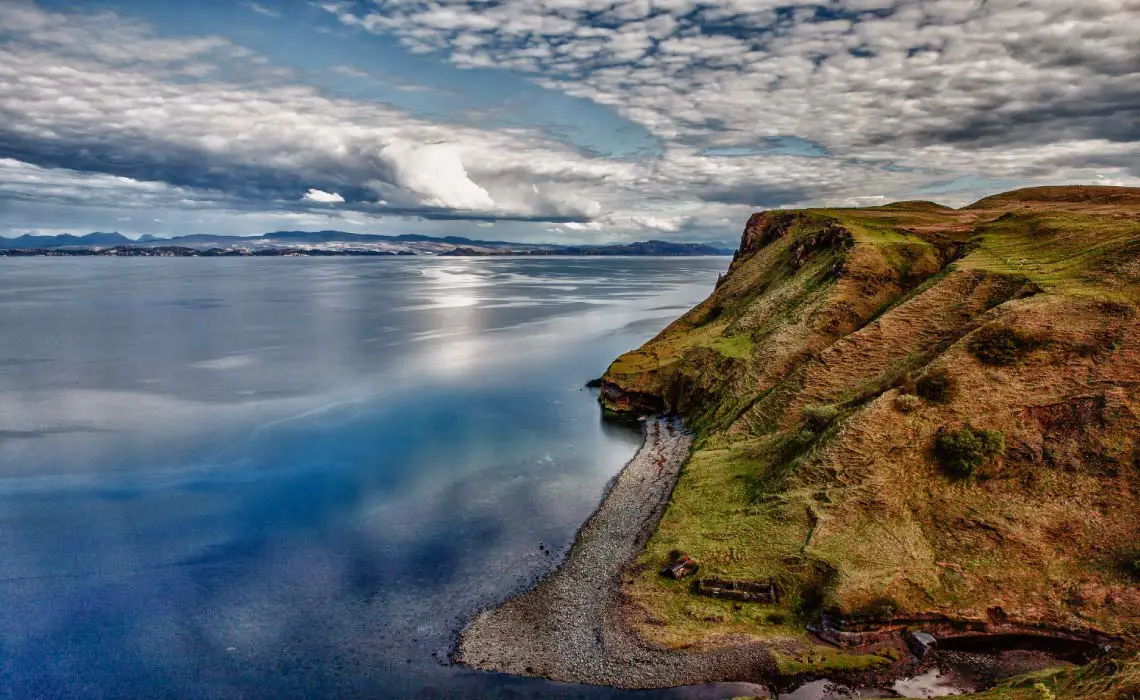
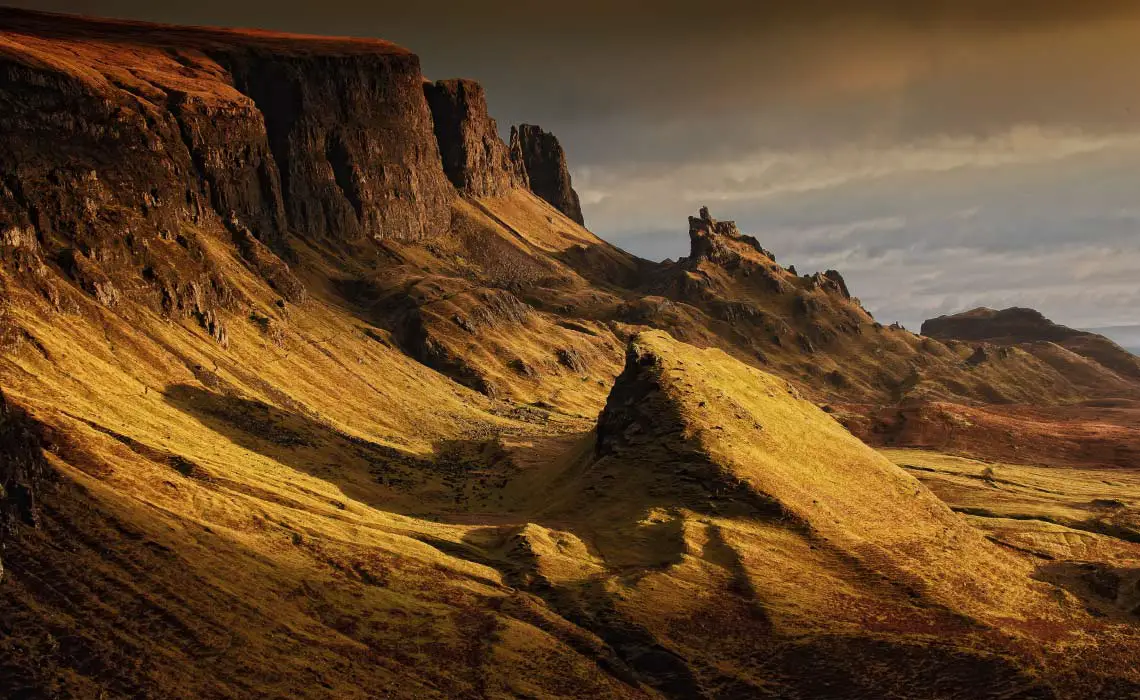
Inhabited by some of Britain’s largest red deer populations, Skye is a great place to view the autumn rut, when the clashing of the stags’ antlers can be heard throughout the valleys. Head to the coast – looking out for otters, dolphins, minke whales and grey seals – before catching a boat trip south through the lower islands, as gannets rain down, piercing the waves in search of their next meal. In springtime, colonies of breeding puffins and their fiery bills can be seen on the sea cliffs, each parent set on protecting their burrow from their interfering neighbours, or the more pressing threat of a black-backed gull circling above.
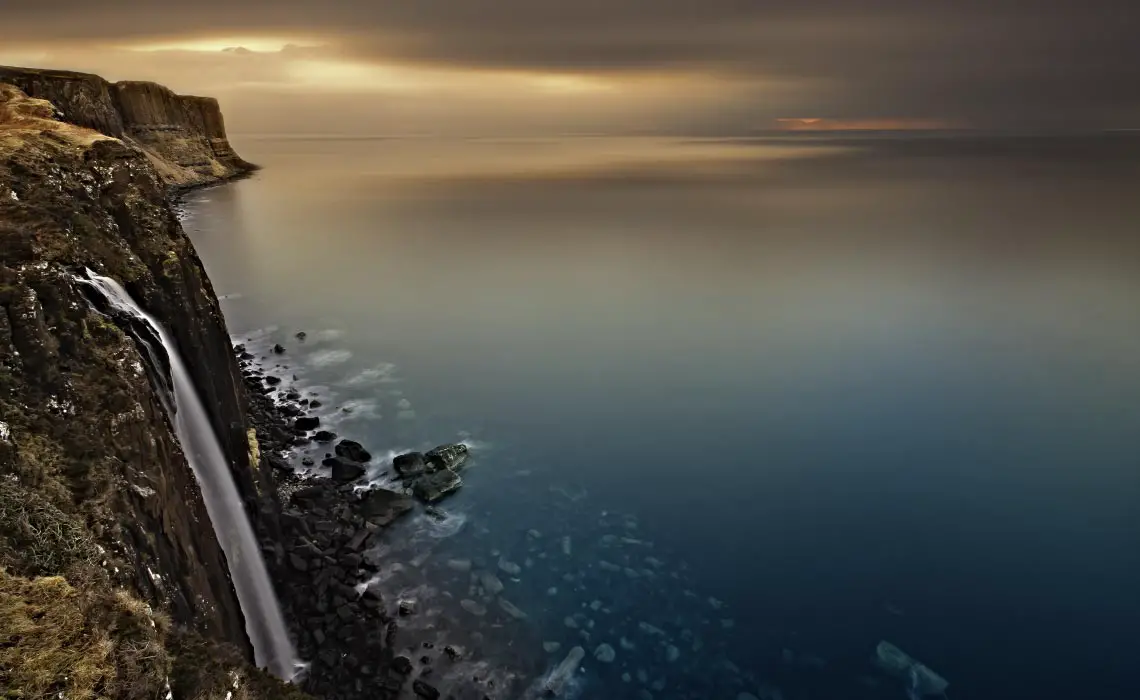
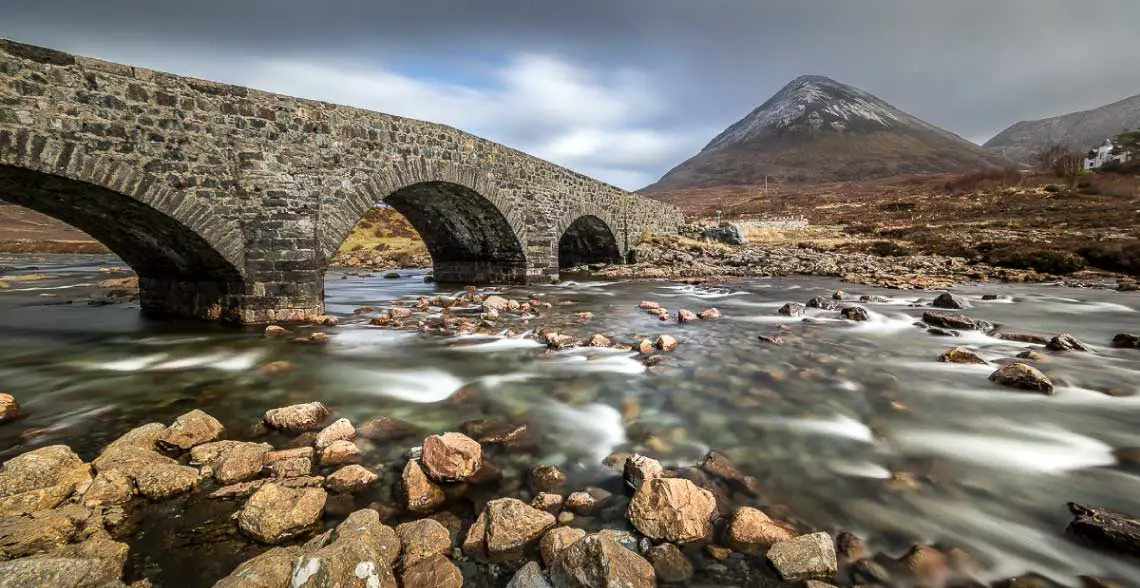
If you need a break from exploring the island’s natural wonders, drop your hiking poles and check out Scotland’s extensive history by touring the many castles and ruins that dot the landscape – from the remnants of the hunters and gatherers of the Mesolithic and the dry stone walls of the Iron Age brochs, to the Norse influence of the Middle Ages. Relate to the past lives of the enduring MacLeod Clan, as you explore the rooms of Dunvegan Castle, the oldest inhabited castle in Scotland, or admire the prominence of Duntulm in the far north, its walls left to ruin following its desertion in 1732.
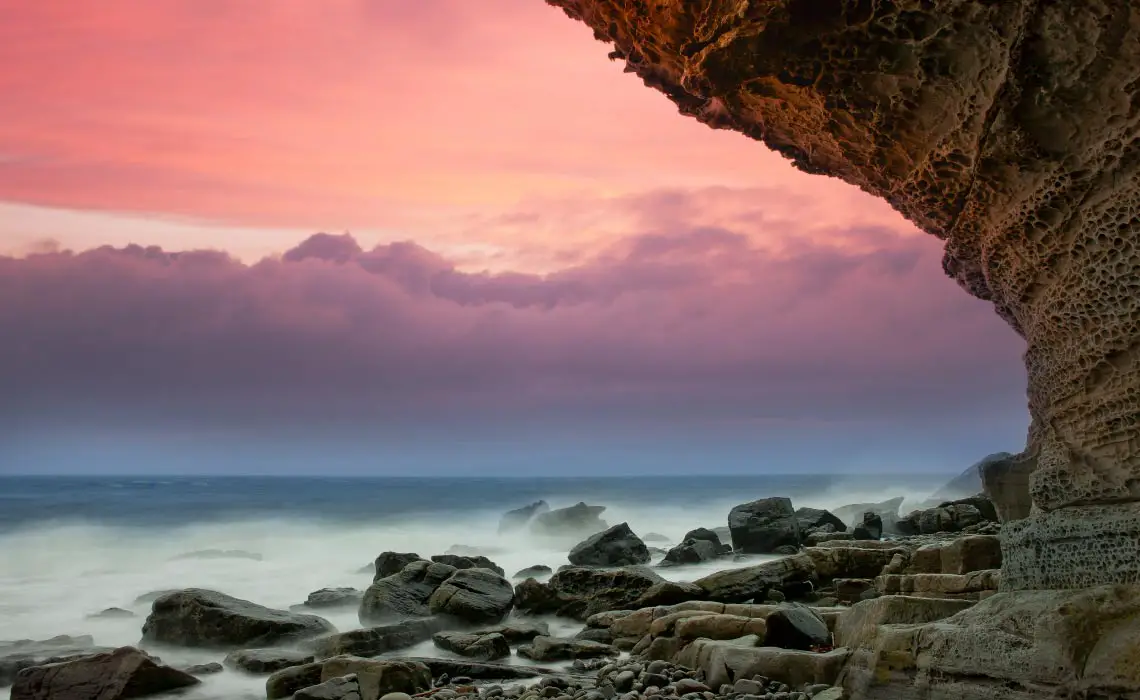
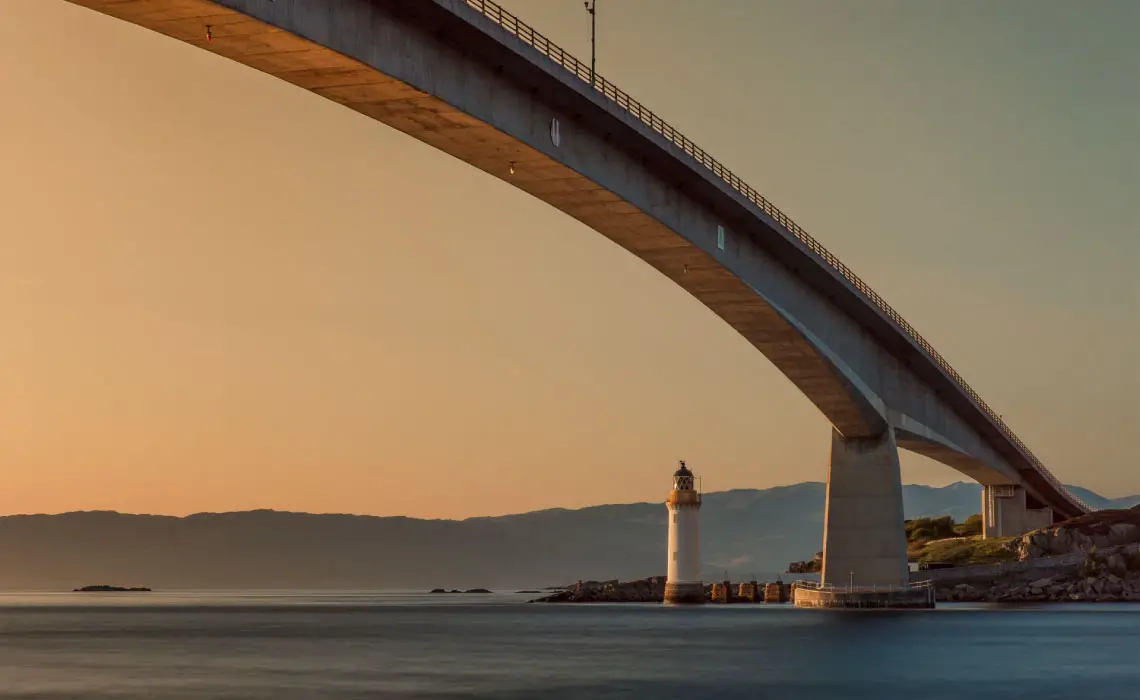
Portree, with a population of 2,300 people, is the island’s largest town. Boasting a natural harbour, various accommodations, shops and, most importantly, beer on tap, Portree provides you with a comfortable base from which to see the island. Order a steamed bowl of Skye mussels at the Sea Breezes Restaurant, whilst watching the fishing boats bob into the harbour with their latest catch. With summertime temperatures struggling to hit 13°C (55˚F), a trip to the Isle of Skye will not be your average beach getaway (though it does have those too), but a chance to explore a wild and rugged island, rich with wildlife and relicts of the past.
